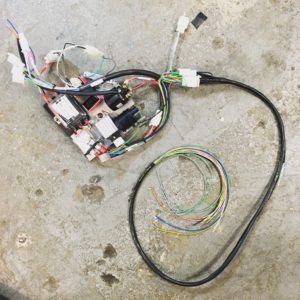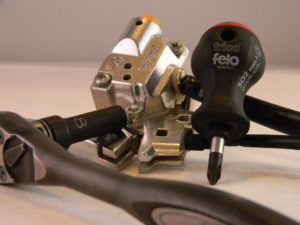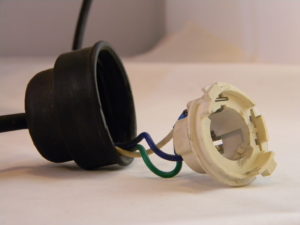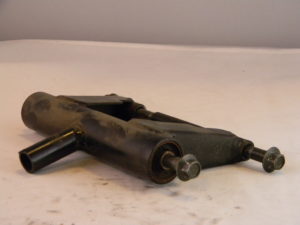The Chinese Scooter Manual
I don’t know if I’ve ever mentioned it here, I probably have, but last year I wrote an ebook about how to swap a 150cc GY6 engine into the Honda Ruckus. It has all the crazy-detailed wiring information you could ever need to make a GY6 engine run. You can find it at Amazon (search for “gy6 swap manual”) or at GY6swapguide.com.

With that in mind, I’m working on another scooter guide. That and it’s winter, and things tend to slow down enough for these projects when it’s colder than the bottom of the ocean outside. 😛
Although there’s a ton of information about Chinese scooters available for free on the Internet, I find I always pay with my time when I have to scour the Earth for the information I need. So I’m collecting everything anyone could ever want to know about QMB139 engined scoots and sticking it in another ebook.
Writing books is a lot of work. Books with photos in them are even more work. As part of the process, I borrowed a friend’s Tao Tao 50, took it completely apart, and snapped over 1200 photos as I went. Next, I’ll fill in the holes in the book’s text that I found as I disassembled my friend’s bike. Then I’ll organize the photos and begin placing them within the book’s copy. It’s a lot of information, even for a machine as simple as a 49cc chinese scooter! I aim to make the manual I’m writing way, way more thorough than a Haynes manual or a random forum post. That should be up by the New Year 2017. In the meantime, here are a few of the pics I took for the book:



After taking my friend’s scooter completely apart and putting it back together again, including installing an 80cc big bore kit in it, greasing all the pivots and long bolts, lubing the cables, changing the oil, and servicing every last electrical connection, the bike just runs and feels a hell of a lot better than it did before. It’s amazing what happens to a machine after someone takes it apart and puts it back together again. Of course it takes some tools, a little know-how, patience, and time. 🙂